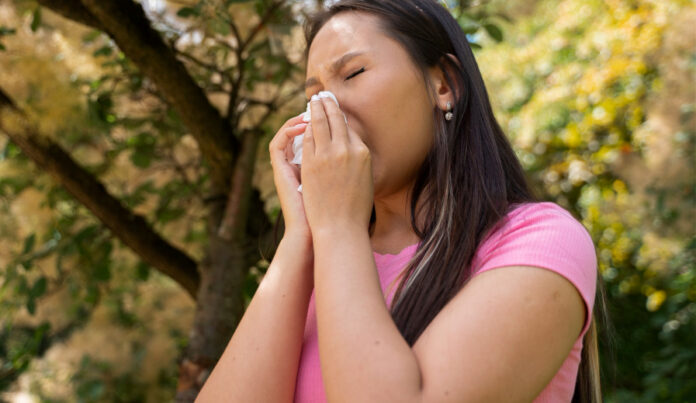Experts warn that allergy season is longer and harsher in 2025, but effective relief is possible with the right steps
With spring in full swing, the return of allergy season is making life miserable for millions across the United States. Sneezing, itchy eyes, and congestion are back — and this year’s pollen levels are particularly intense, especially in parts of the South and Midwest.
Where you live and what you’re allergic to significantly shape your experience. According to the Asthma and Allergy Foundation of America (AAFA), the worst-hit cities this year are Wichita, New Orleans, Oklahoma City, Tulsa, and Memphis. These areas top the list due to a toxic mix of pollen count, over-the-counter allergy medication use, and limited access to allergy specialists.
Tree pollen is the season’s earliest menace, followed by grasses, then weeds as summer fades into autumn. Trees like birch, cedar, cottonwood, maple, oak and walnut are the major springtime culprits, while grasses such as Bermuda and Kentucky bluegrass stir up trouble in the months ahead.
Pollen counts vary day to day and even hour to hour, making it essential to check local trackers. The American Academy of Allergy, Asthma, and Immunology offers up-to-date pollen levels through its website and email alerts — a simple way to plan outdoor time without setting off a sneezing fit.
When pollen surges, avoidance is key. Experts advise keeping windows closed — even on breezy spring days — to stop allergens from invading your home or car. If you head outside, wear long sleeves and a hat or scarf to shield your skin and hair. Upon returning, shower and change clothes immediately. Skipping that step means dragging pollen into your bed or onto your furniture.
Dr. James Baker, an allergist at the University of Michigan, also suggests rinsing your nose and eyes with saline to flush out lingering irritants. And don’t toss out those pandemic-era face masks just yet — they can still offer a barrier against airborne pollen, though they won’t help your eyes.
When symptoms strike, relief is within reach. Nasal sprays are among the most effective treatments, but most people use them wrong. Dr. Kathleen Mays from Augusta University recommends angling the nozzle outward toward your ear rather than shooting straight up your nostril — a trick that reduces irritation and boosts effectiveness.
Embed from Getty ImagesOral antihistamines like Claritin, Zyrtec, and Allegra also help, though they may act more slowly since they’re absorbed through the digestive system. If store-bought solutions aren’t cutting it, a visit to an allergist might be in order. Persistent symptoms that disrupt sleep, focus, or general well-being could warrant prescription treatments or long-term immunotherapy.
While some social media tips — such as eating local honey — promise natural cures, allergists warn against them. “The pollens that cause allergic reactions aren’t the kind bees collect,” said Dr. Shayam Joshi of Oregon Health and Science University. “It won’t do anything to desensitise you.”
Complicating matters is climate change. Warmer winters and longer growing seasons mean plants produce more pollen and release it earlier. In fact, in March, Atlanta Allergy and Asthma Centre reported a staggering 14,000 grains per cubic meter — an extreme reading.
As the planet warms, pollen seasons are expected to continue lengthening and intensifying, turning what was once a spring nuisance into a near-year-round battle for some. But with accurate information, good habits, and the right medication, allergy sufferers can still enjoy the season without the sniffles.
